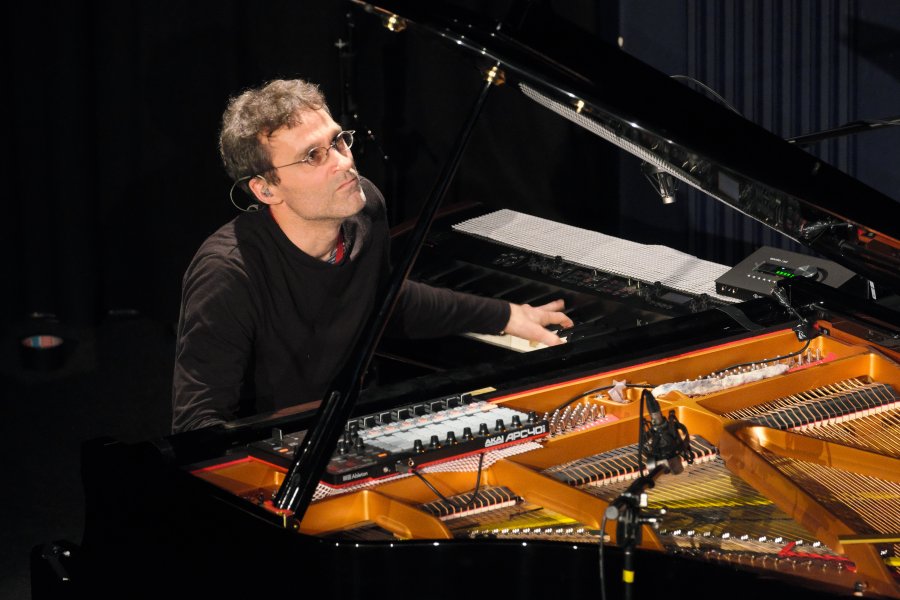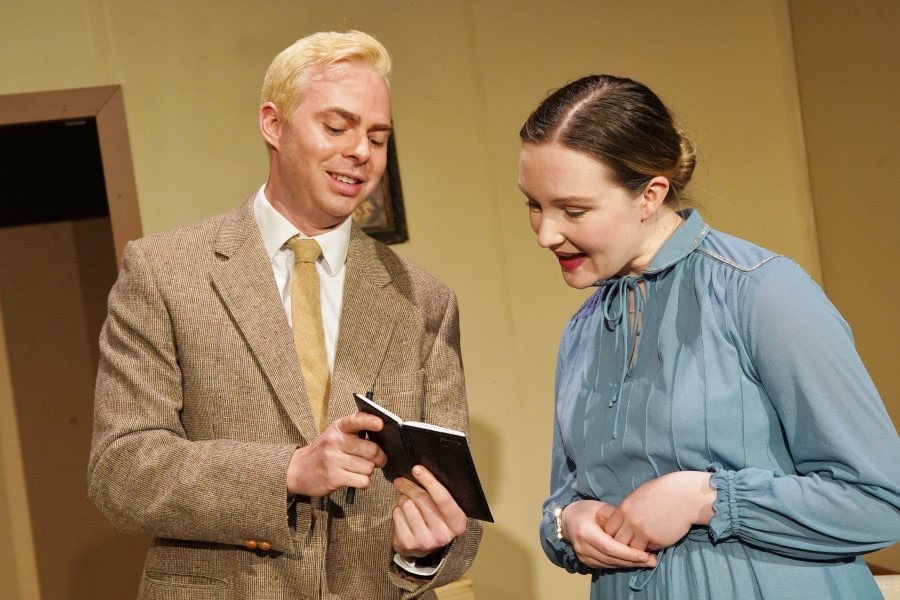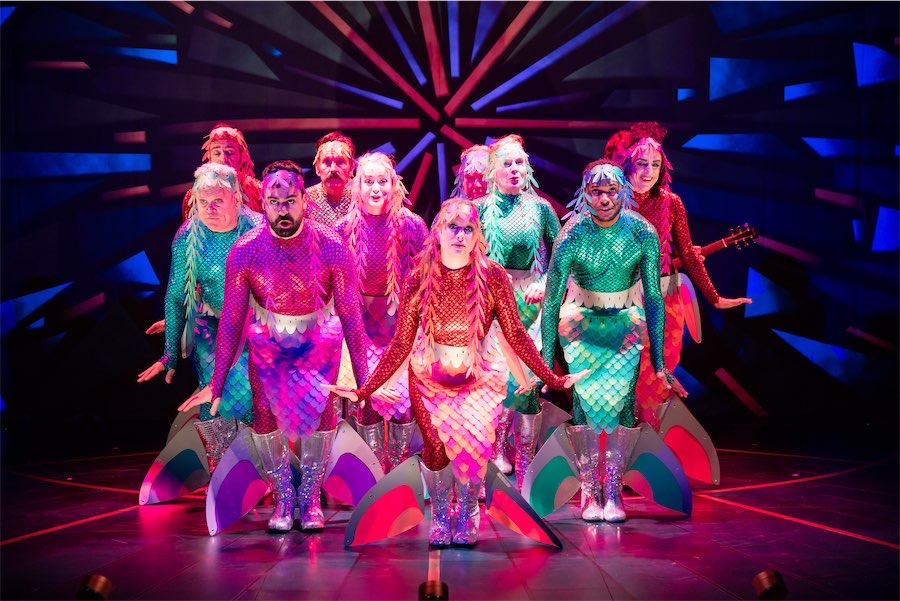
Canberra International Music Festival / Concert 14, Buster Keaton Alive! At the National Film and Sound Archive. May 5. Reviewed by LEN POWER.
Silent movies were never meant to be silent. In major cities they were often accompanied by resident live orchestras in cinemas and even small towns had at least a lone pianist to accompany a movie.
Often studios issued full scores for these orchestras to play but, in the smaller places, single pianists would simply improvise the music as the movie played.
Ashley Hribar is an Australian born pianist-composer-curator whose projects embrace multimedia, world music, cross-disciplinary art forms and traditional genres. He is also an avid lover of the silent film genre and holds a PhD from the University of Adelaide. He has performed at numerous festivals and distinguished venues internationally and has released many recordings.
In this program, Hribar accompanied two silent films by American actor, comedian and film director, Buster Keaton, best known for his movies made during the 1920s. In his films, Keaton frequently maintained a stoic, deadpan facial expression that became his trademark and earned him the nickname, The Great Stone Face.
The first of the two movies shown was Cops, a 1922 American two-reel silent comedy about a young man (Keaton) who accidentally gets on the bad side of the entire Los Angeles Police Department during a parade and is chased all over town. Full of breathless stunts and ingenious inventions, the movie is very funny and a classic crowd-pleaser.
Highlighting the romantic and dramatic moments as well as the increasingly frenzied police chase, Hribar’s accompaniment was extraordinary. He improvised as the film played, giving an original response with his accompaniment that was edgy, musical and always totally appropriate.

The second film was Sherlock Jnr, made in 1924, in which Keaton stars as a projectionist who moonlights as an amateur detective. When the cinema is empty, he reads a book, How to be a Detective. With its clever screenplay, state-of-the-art special effects, as well as sight gags, stunts and acrobatics, this film is often cited as one of Keaton’s best.
As well as accompanying the film on the piano, Hribar utilised electronics, drum machines and sound effects, creating a soundscape that captured the various moods and tempos of the film perfectly.
Being so used to sound films, it was easy to forget that this was a live accompaniment, so effective was Hribar’s playing. Taking my eyes off the screen to watch him in action, I was amazed by the speed of his fingers on the keys, as well as his arrangement of sound effects, all perfectly timed.
Who can be trusted?
In a world of spin and confusion, there’s never been a more important time to support independent journalism in Canberra.
If you trust our work online and want to enforce the power of independent voices, I invite you to make a small contribution.
Every dollar of support is invested back into our journalism to help keep citynews.com.au strong and free.
Thank you,
Ian Meikle, editor




Leave a Reply